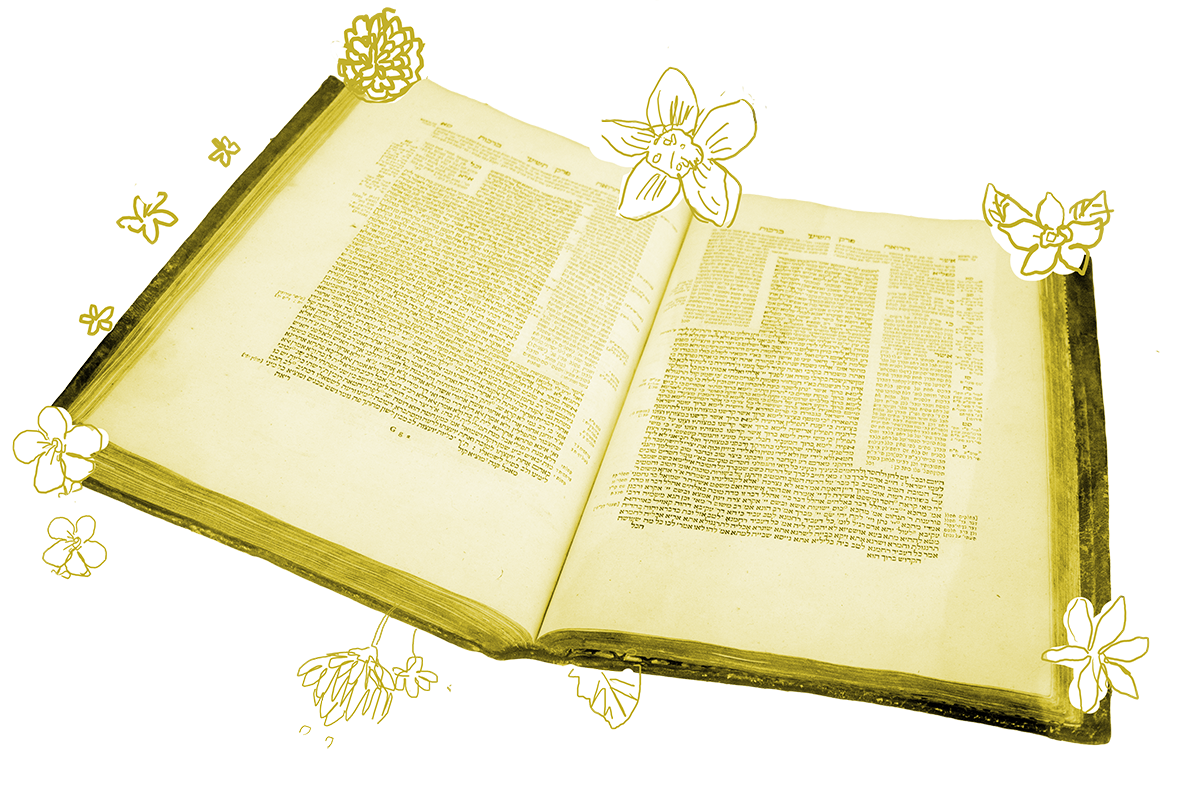We continue the discussion of the ritual of breaking a heifer’s neck when a murdered body is found and the killer is unknown. But what if — plot twist! — the ritual is about to be performed and then the murderer is identified? What then becomes of the heifer that was designated for destruction?
One might imagine that the heifer is now considered consecrated property, since it had been set aside for a specific religious purpose. This would mean it could not be used for anything else. But it turns out that is not the case, according to today’s mishnah:
If the killer is found before the heifer’s neck was broken, the heifer shall go out and graze among the herd.
Saved by the discovery of the murderer, the heifer may rejoin the other animals, and is considered no different than the rest.
With your help, My Jewish Learning can provide endless opportunities for learning, connection and discovery.
But what if the murderer is discovered after the heifer’s neck is broken but before the ritual is completed (the last components being the elders washing hands and reciting a formulaic declaration absolving the town of responsibility)? What do we do with the dead heifer?
If the killer is found from the time when the heifer’s neck was broken, it should be buried in its place (and not used for another purpose). This is because the heifer initially came for uncertainty, it atoned for its uncertainty and left.
Even if the murderer is discovered after the heifer’s neck is broken, the murderer was unknown at the time of slaughter, and therefore it did fulfill its intended purpose. Therefore, it cannot now be eaten, but must be buried.
The mishnah considers one more possibility: What if the ritual is completed and then the murderer is identified? Might the ritual atone for him? Could this be bad luck for the heifer but fortuitous timing for the murderer? Not quite.
If the heifer’s neck was broken and afterward the killer was found, he is killed.
The breaking of the heifer’s neck atones for the town, but it can provide no material benefit to the murderer who must still pay for the crime.
We can surmise that the purpose of the ritual of the eglah arufah is meant to provide a measure of comfort and closure to the community. It allows them to confront the trauma of a murder in a ritualized manner and offers closure in a case of radical uncertainty. But it does not grant absolution to the murderer or foreclose the possibility of justice. It is a ritual that acknowledges an imperfect world but does not permit us to lapse into nihilism.
The eglah arufah ritual, though described in the Torah, was not eternal. The mishnah continues:
From the time when murderers proliferated, the ritual of the heifer whose neck is broken was nullified.
The ritual was performed only when the identity of the murderer was completely unknown. The Gemara suggests that not only were there more murderers, but they were comfortable revealing themselves. As a result, in most cases the probable identity of the murderer was known and the eglah arufah ritual was no longer needed.
Following this mishnah, we finally have another that we have alluded to throughout this tractate — the one that affirms the sotah ritual too has been discontinued. In that mishnah, we are told it is because of the proliferation of adulterers.
The cessation of both of these rituals — eglah arufah and sotah — is part and parcel of a dark world view that sees an increase in criminal activity in subsequent generations. But it also encourages us to concentrate our efforts on building a better world — one defined by fairness and justice, not arbitrated by defunct rituals.
Read all of Sotah 47 on Sefaria.
This piece originally appeared in a My Jewish Learning Daf Yomi email newsletter sent on May 15th, 2023. If you are interested in receiving the newsletter, sign up here.



